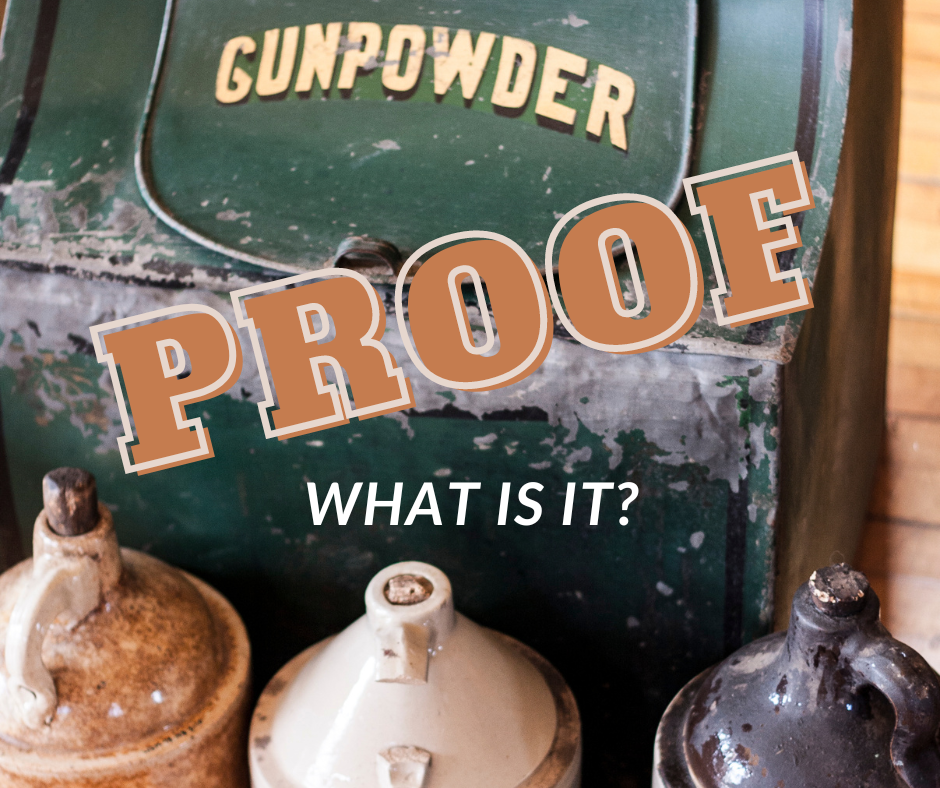I’ve read plenty of explanations for why “proof” is so American. (I’ve even written about this topic before!) But like everything else- other than Native American culture- it came from elsewhere. The term was used in 16th century England to describe taxable spirits. “Above proof” was over 100 proof or 50% alcohol. This could be tested by the combustibility of the alcohol. A big problem here was the fact that the flashpoint of alcohol varies greatly depending on its temperature. A simple method to test combustibility was the gunpowder method- a popular explanation for where “proof” comes from. (I particularly like this one because it’s so wild west😊) If the gunpowder would ignite after having the alcohol poured over it, it was considered over-proof. And if you were in the rectifying business or in the business of making medicines, over-proof was what you wanted. But these untrustworthy methods were thrown out as soon as better methods came around. England defined their legal standard for proof spirits in 1816 when they decided that the density of the spirit was the important measurement- 100 proof was defined as a spirit with 12⁄13 the specific gravity of pure water at the same temperature. The American government didn’t adopt any definition of proof until 1848. We defined it on percent alcohol- meaning 100 proof meant 50% alcohol. Who’s to say which was better? But as Americans- better or not, we have a tendency of sticking to our gunpowder. I mean, our guns.
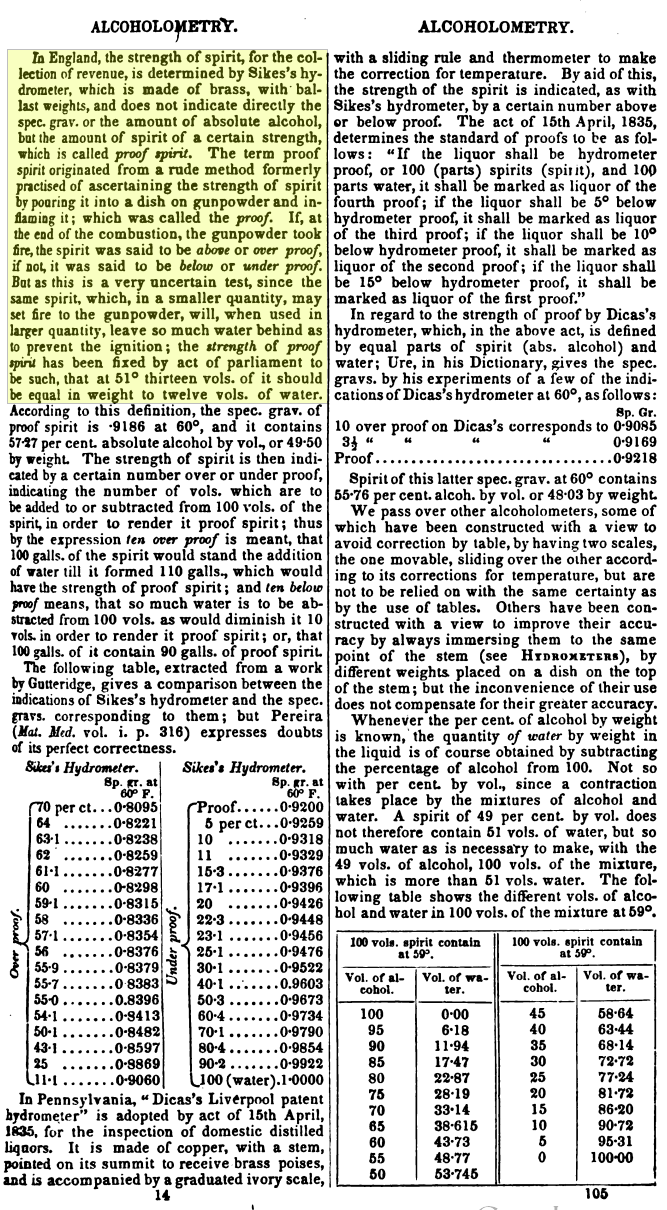
When whiskey was sold in the early 1800s in the US, it was listed in a number of ways. Cities like New York and Baltimore passed acts of legislature which required that all spiritous liquors offered for sale undergo inspection by a gauger and be stamped with a designation revealing the proof of a container’s contents. You had full proof, proof whiskey, over proof, and under proof. Then you had 1st proof, 2nd proof, 3rd proof, 4th proof and 5th proof. Yes, it is confusing to read these now because we only think of proof as being that definition of 100 proof = 50% alcohol. But sellers of early American whiskey were creating their own language to communicate product quality. I’ve attached a few examples, but there are MANY more.
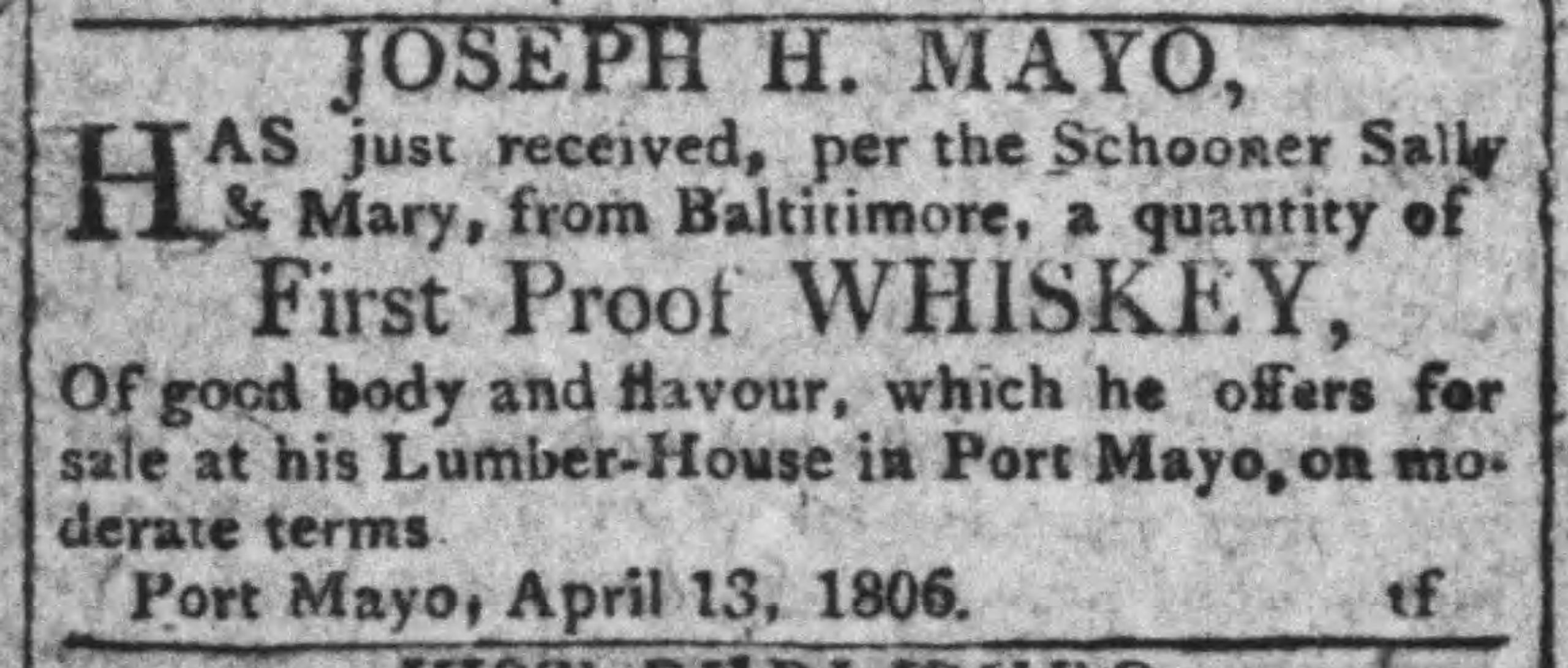
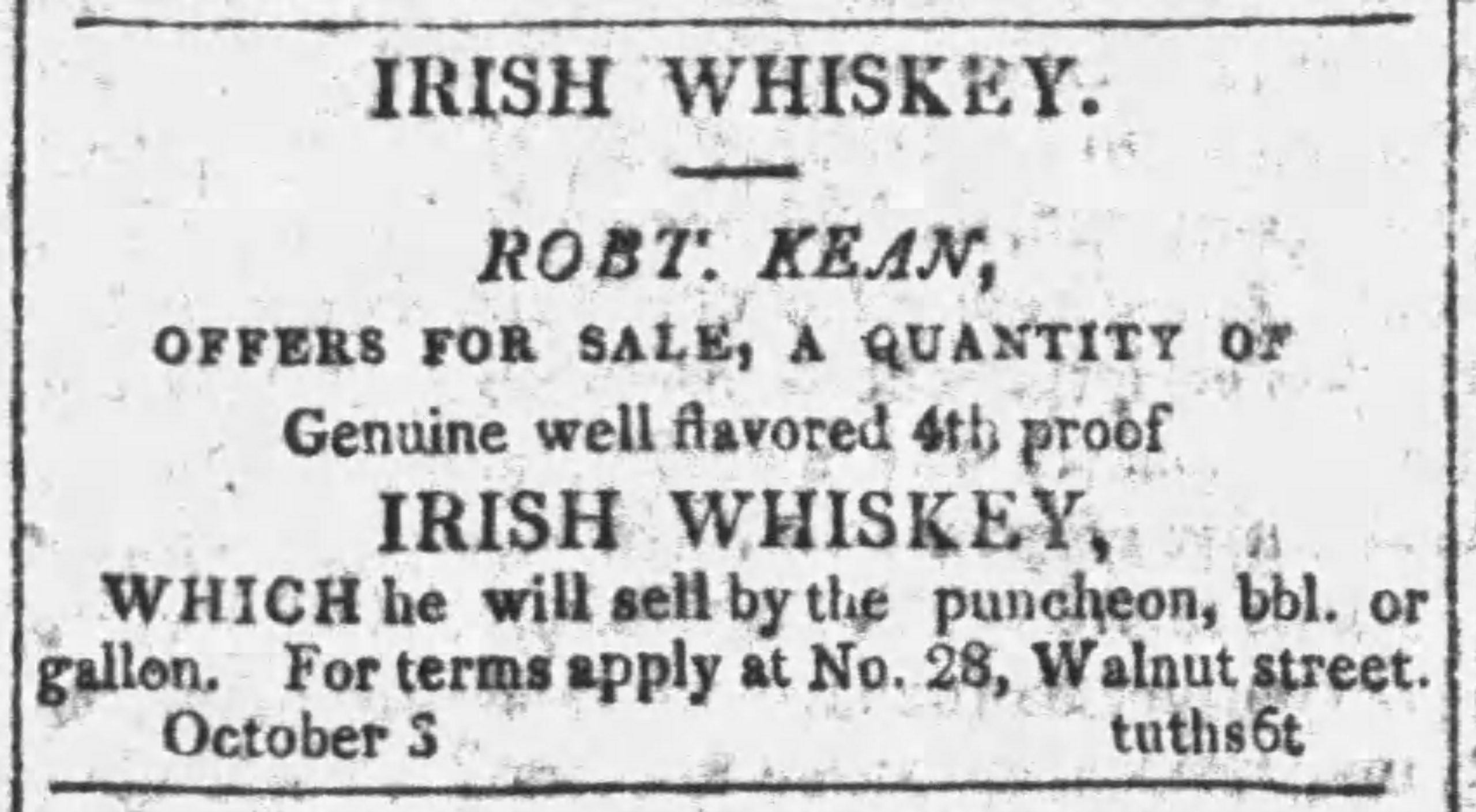
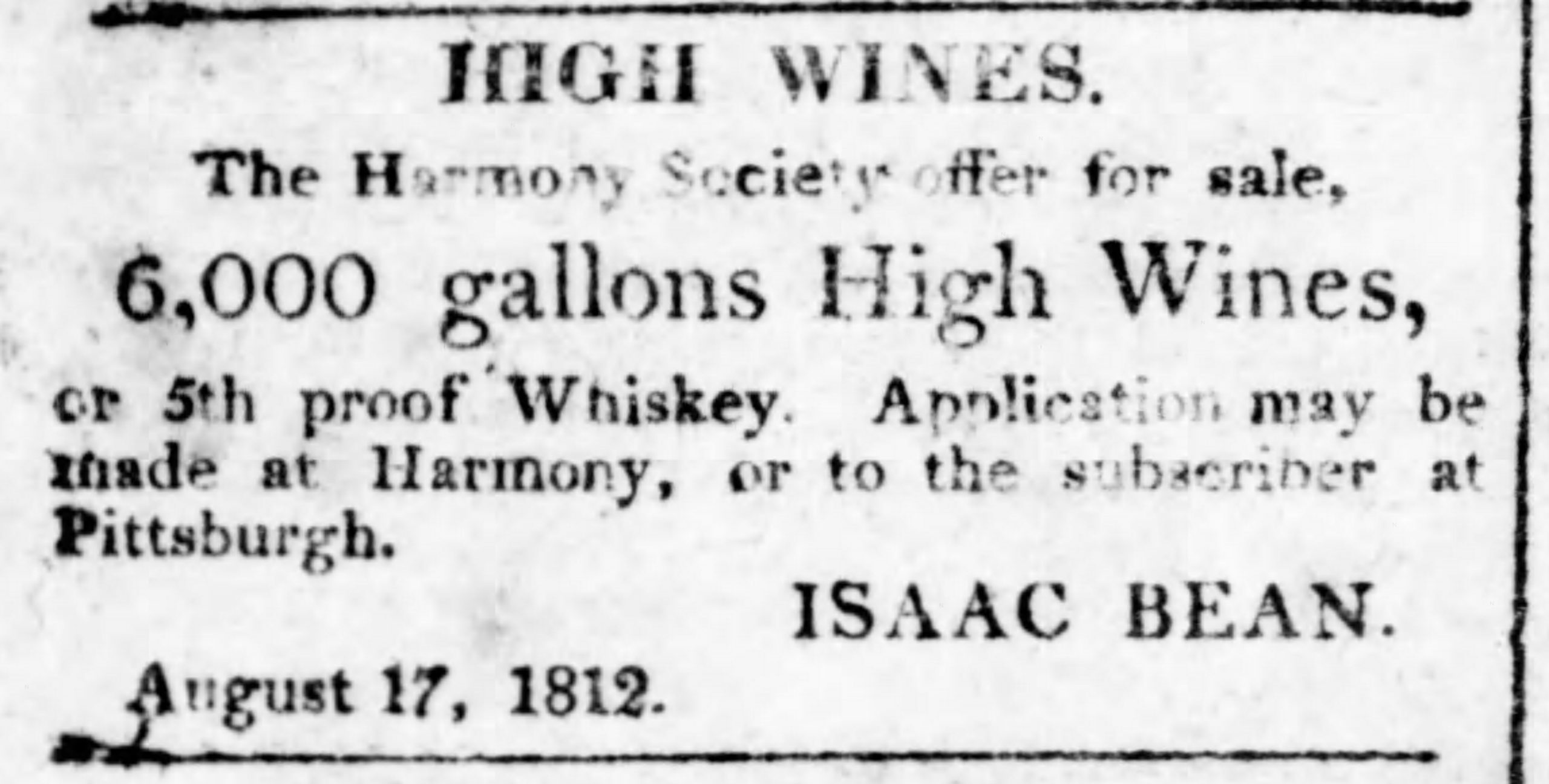
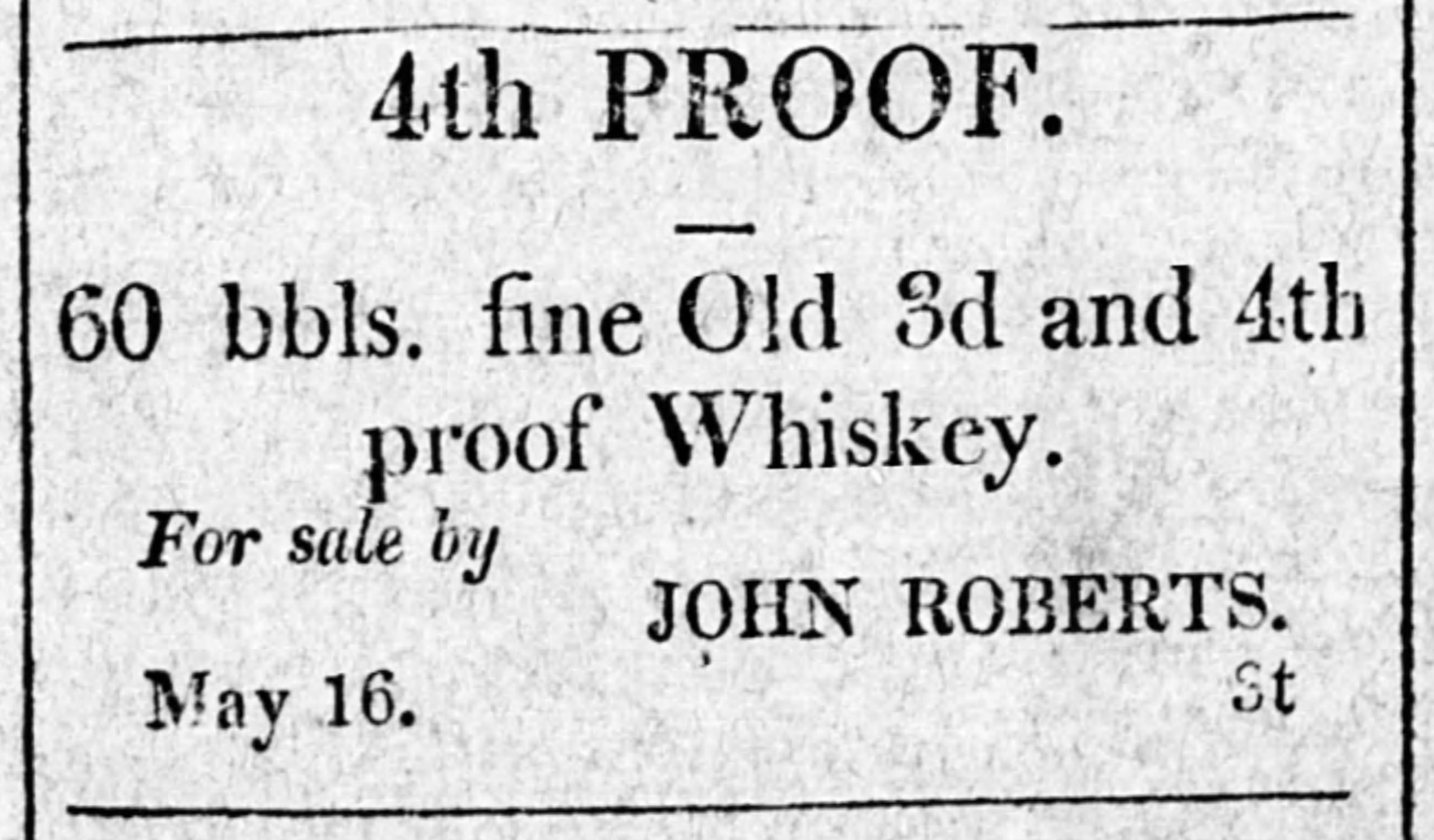

Harrison Hall in his 1818 publication, “The Distiller,” he describes how different markets carry different rules for what constituted these levels of proof:
The mode of inspection in Baltimore is not generally known ; a few words therefore are necessary to put distillers on their guard
on this subject.
When gin or whiskey is below proof, every degree is carefully marked, and the deduction will be made accordingly by the purchaser: But if it be a few degrees above proof, no notice is taken of the number of degrees, except they be sufficient to entitle it to be called 2d proof, which may be nine or even twelve degrees above proof ; and 4th proof spirit, which is twenty five degrees and more indeed above proof, will be marked about fifteen degrees above proof, at the will of the inspector. Why this is so I never could learn ; it is however an arbitrary and unjust imposition upon distillers who do not chose to be at the expense of sending water to market.
If the same allowance were made for every degree above, as there is deduction for each below proof, the Baltimore market would be stocked with pure, strong, well-flavoured whiskey and gin, which would obtain for it a preference when shipped to foreign ports.
You can go back and reference the “The Encyclopedia of Chemistry, Practical and Theoretical” clipping above to see what is meant by “degrees above proof. ”
Edward Parrish’s 1884 “A Treatise on Pharmacy” explains the numeric levels of proof this way:
“The terms first, second, third, fourth proof spirits, apply to the relative strengths of the specimens, according to arbitrary standards fixed by law, but varying in the several States. The standard of the United States custom house is fixed by the tables of Prof. R.S.McColloh, published by order of Congress, entitled ‘Report of the Manual of Tables to be used with the Hydrometer, and The Manual for Inspectors of Spirits.
“The standard of proof is 50 per cent., by volume of measure of absolute alcohol, and 50 per cent. Of water, sp.gr. .936. This is 15 per cent. Weaker than London proof-spirits. Second proof has 52 ½ per cent alcohol, sp. Gr. .931. Third proof is 55 ½ per cent. Alcohol, sp. Gr. .925. Fourth proof, 58 per cent. Alcohol, sp. Gr. .920; this is London proof.”
Parrish’s description of standards being “arbitrary” within the trade is very telling. The specific proof percentages listed are likely a late 19th century effort to standardize the inconsistencies for pharmacists. It is also interesting to note that the only spirit that I have seen (so far) to be consistently advertised as 5th proof in the early 1800s by sellers was imported Irish whiskey. 6th proof was usually reserved for old brandies and Old Monongahela rye whiskeys.

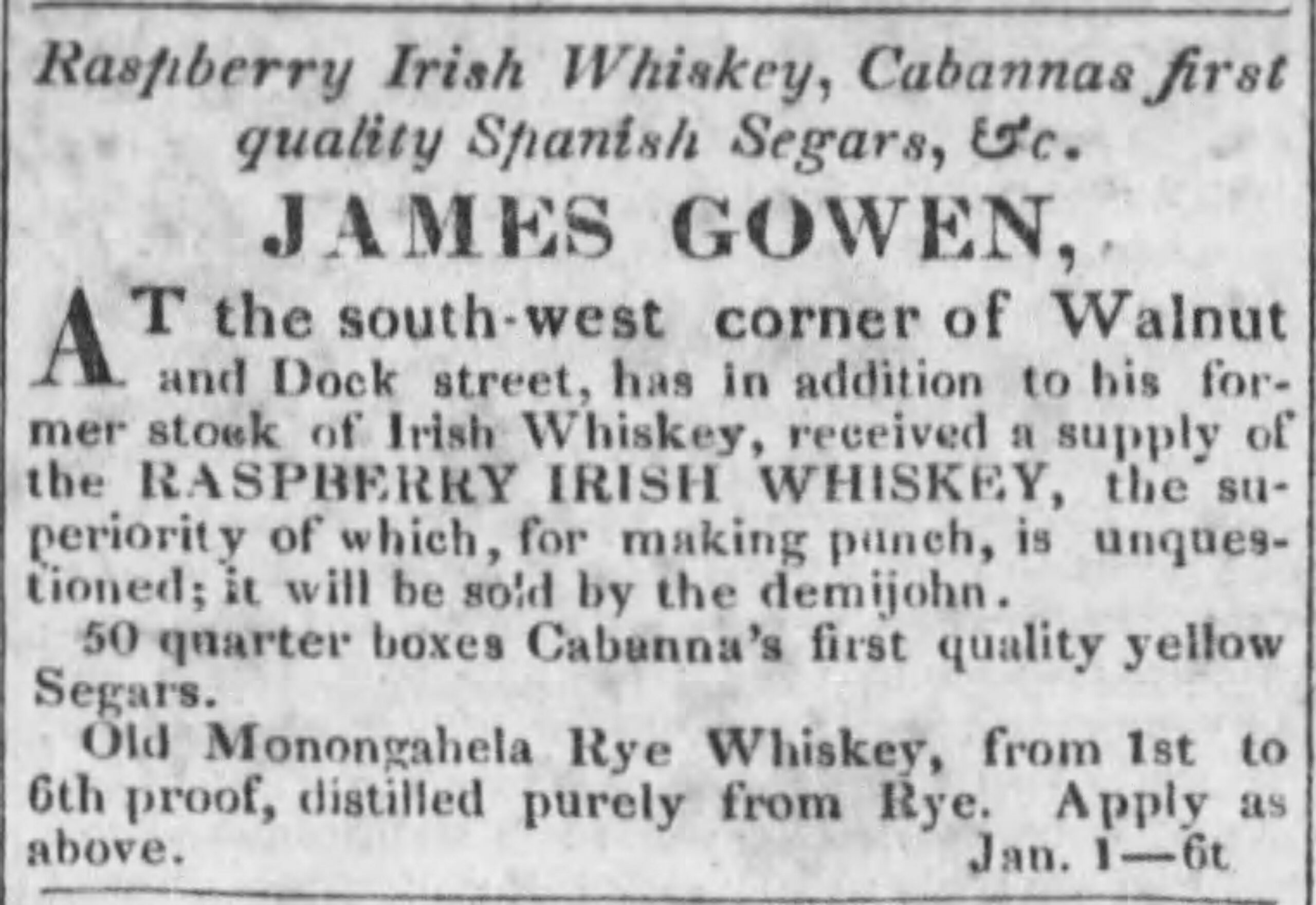
Higher-end (more expensive) whiskeys were usually listed as 3rd or 4th proof and were priced accordingly. Many of these 3rd and 4th proof whiskeys were labeled as “old”. Most American whiskey writers believe “old” whiskey didn’t show up until after the Civil War, but my research has led me to disagree with this theory. You can read more about that HERE. It seems aged whiskeys have been with us for as long as warehouses have stored whiskey. Which, let’s be honest, has been going on since Americans began storing whiskey intended for sale- at home or exported abroad.

